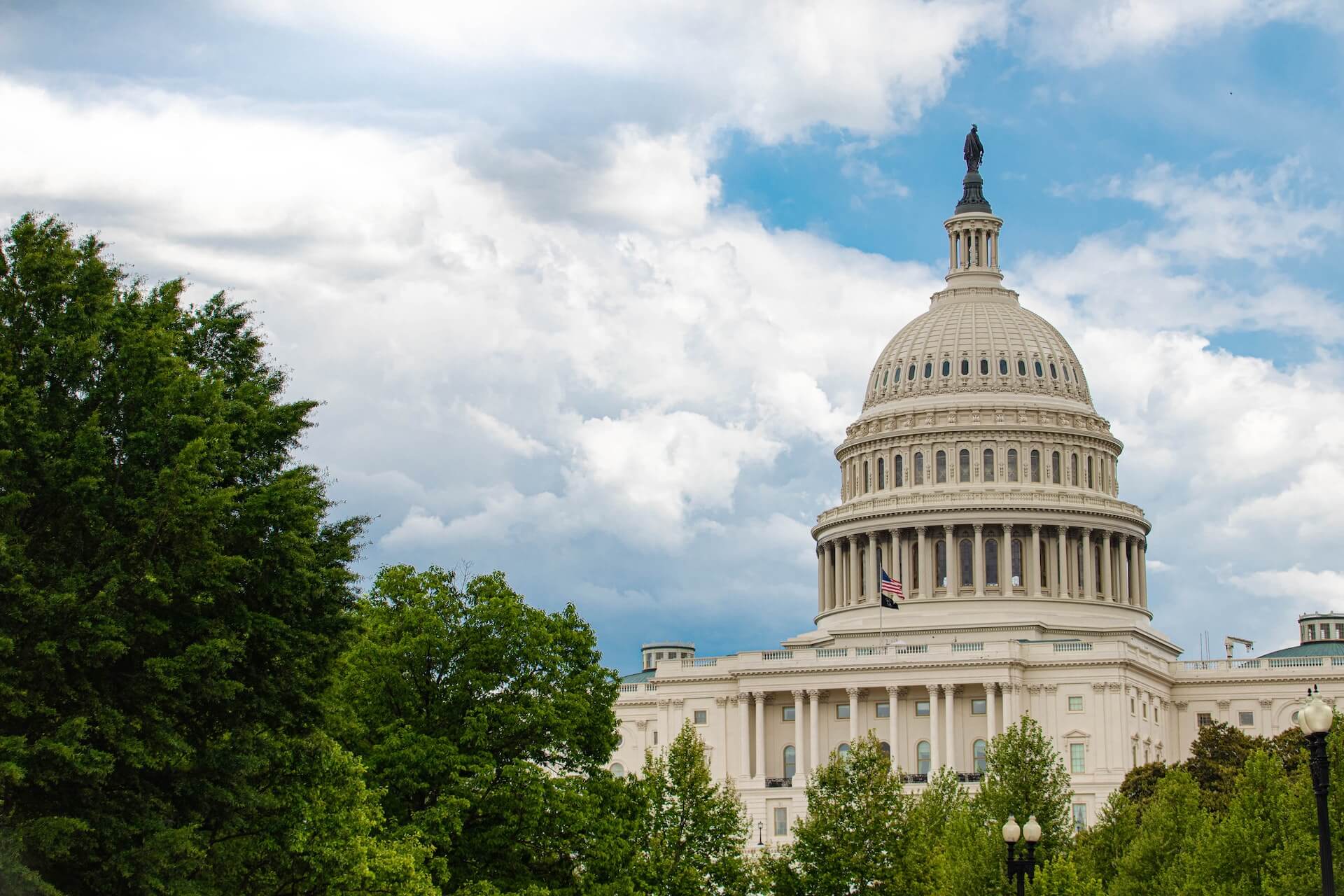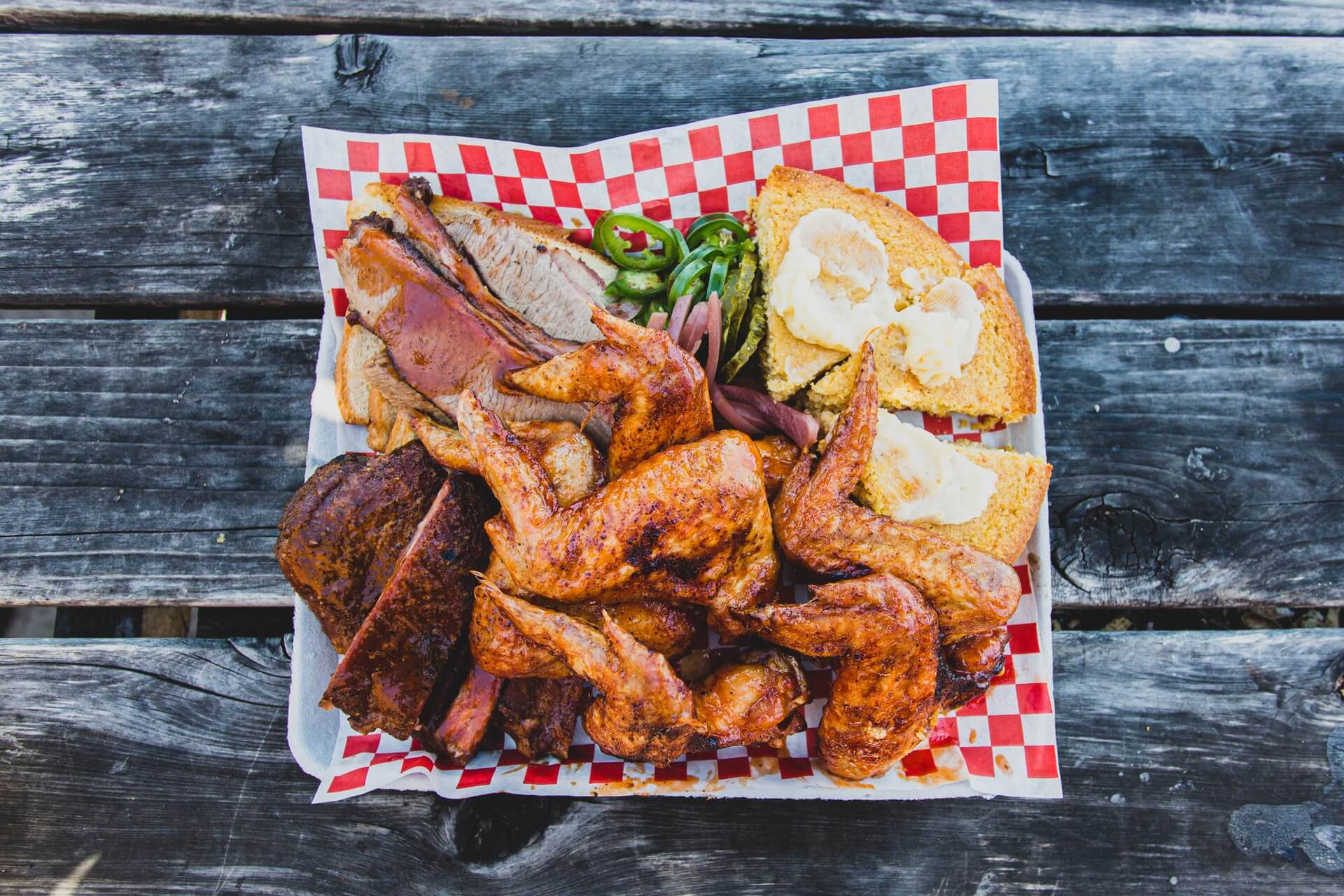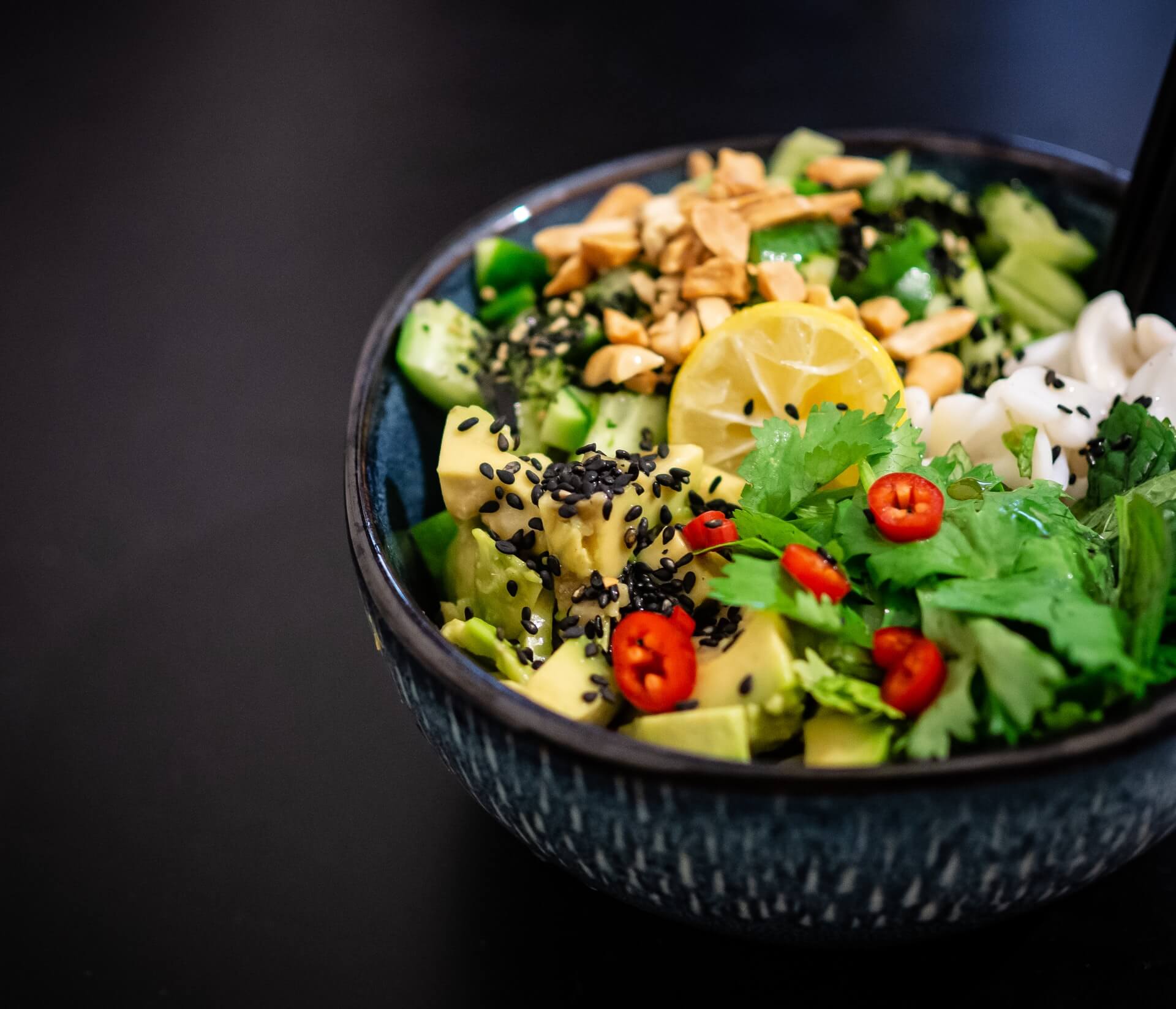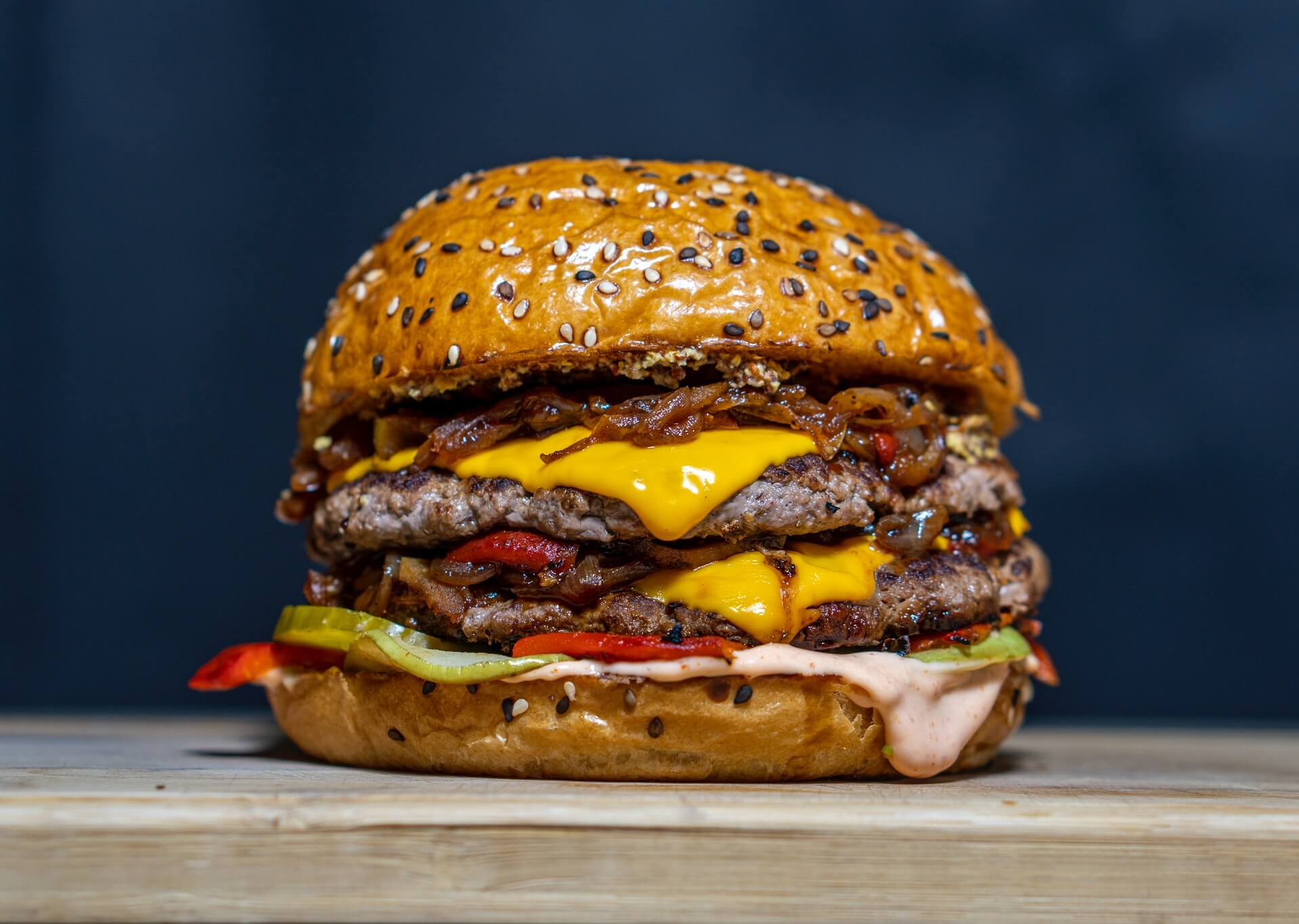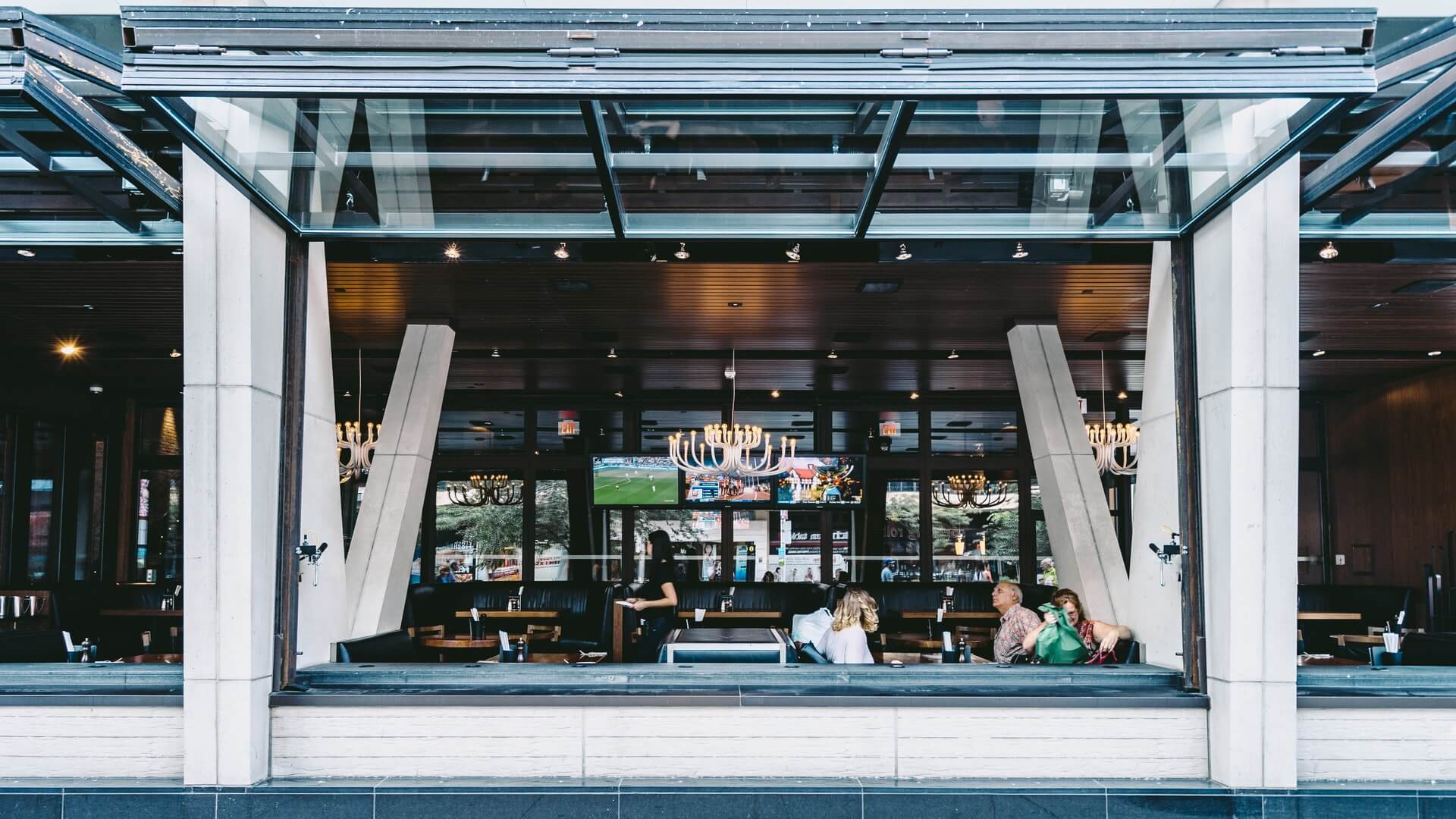So, What’s Up with that $180 Million?
by David Klemt

It’s not much in comparison to the $40 billion we need to replenish the Restaurant Revitalization Fund but $180 million is still significant.
According to a June 14 report, the Small Business Administration is sitting on $180 million in RRF funds. This information came to light due to a Government Accountability Office (GAO) investigation.
Unfortunately but unsurprisingly, the funds likely won’t reach operators for a while. Why is that? Well, the SBA is working with the Justice Department to “formulate a plan on how to distribute” the money.
As we know, bureaucracy tends to move at a glacial pace. Additionally, $180 million is nowhere close to the roughly $42 billion it would take to fund RRF applicants who have not received grants.
Where did this Money come From?
We know that $24 million is from funds set aside by the SBA for litigation. However, according to the National Restaurant Association, the American Rescue Plan Act of 2021 didn’t expressly include such a set aside.
Interestingly, the NRA is calling for the SBA to disperse the litigation set aside to RRF applicants. This is due to their interpretation of “the spirit of the law” and unobligated funds.
Now, on to the biggest chunk of the tens of millions of dollars in unawarded, unobligated RRF money. Where, exactly, are these funds from?
Well, it’s a little murky at the moment. Per the GAO, awards returned by either recipients or their financial instutions amount to $56 million. The rest, according to the GAO, comes from “realized or anticipated recoveries,” per their report.
However, some sources report that $156 million was clawed back by the SBA and that the $24 million set aside make up the $180 million.
So, Who gets the Money?
In short, we don’t know yet. In fact, we don’t even know if RRF applicants will have to apply again for a piece of the $180 million.
Additionally, we don’t know if applicants who received an approval for an RRF grant but didn’t receive the award will be processed first.
What we do know is that if every dollar of this “leftover” $180 million is distributed to RRF applicants, a mere 0.44 percent would receive a grant.
As Nation’s Restaurant News reports, 150,166 RRF applicants were in fact approved for a grant but never received one. It would take over $41 billion to fund all 150,000-plus applicants.
When the Justice Department and SBA finalize a plan, we’ll let you know.
Image: John Guccione on Pexels

